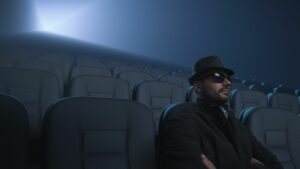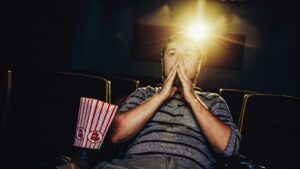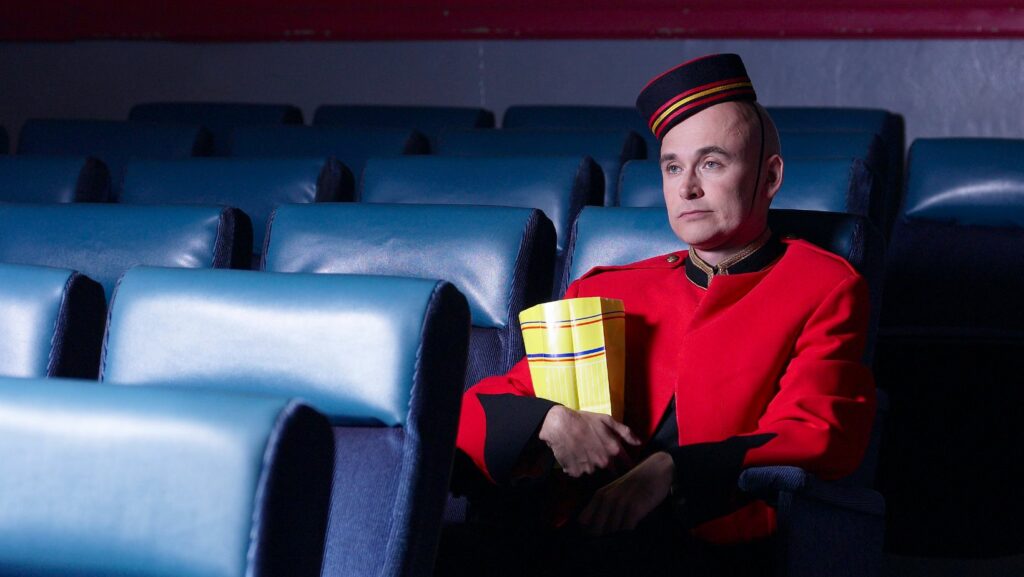For many, the concept of solitude can be daunting. Yet, it’s a theme that cinema has explored time and time again. Movies about being alone often offer a unique perspective on the human condition, delving into themes of introspection, resilience, and self-discovery.
From survival stories set in desolate landscapes to introspective dramas unfolding within the confines of a single room, these films challenge our understanding of solitude. They provoke us to ponder: What does it truly mean to be alone?
Whether you’re seeking solace in solitude or simply curious about this cinematic theme, this article will guide you through some of the most compelling movies about being alone. So, let’s dive into the world of solitary protagonists and their remarkable journeys.
Movies About Being Alone
 Delving deeper into this unique facet of cinema, we journey into the historical context and the psychological impact of the solitude theme.
Delving deeper into this unique facet of cinema, we journey into the historical context and the psychological impact of the solitude theme.
Through the lens of history, films emphasizing aloneness can be traced back to the 1900s. Silent films like “The Lonedale Operator, 1911” provided the first glimpses of isolating experiences. Evolution of this theme led to movies such as “Cast Away, 2000” and “Moon, 2009,” each highlighting solitary characters battling physical and emotional extremes. Another revolution arrived with the film “Gravity, 2013,” showing solitude in the vast emptiness of space thus signifying diverse contexts in which isolation has been portrayed.
Additionally, scores are frequently used to signal solitude within films. Musical themes can embody a character’s loneliness, crafting a visceral connection between the audience and the character. The recurring motifs of solitary piano scores in “Cast Away” encapsulate and contribute to Hanks’ mounting isolation
Key Movies About Being Alone
 Movies holding a solitary theme elicit profound engagement, providing deep explorations of solitude affecting the human psyche. This section examines two particular films that embody this concept, underlining their unique narratives and impacts.
Movies holding a solitary theme elicit profound engagement, providing deep explorations of solitude affecting the human psyche. This section examines two particular films that embody this concept, underlining their unique narratives and impacts.
“Into the Wild,” directed by Sean Penn, stands as a paradigm for movies about solitude. It tells the story of Christopher McCandless, a young man who abandons materialistic society to embark on a solitary journey through Alaska’s wilderness. The narrative explores his interactions with nature’s harsh realities, unyielding in its solitude. It shows how self-imposed isolation acts as a conduit for intense self-reflection, leading to soul-searching and profound realizations.
Cast Away: Survival and Isolation
Robert Zemeckis’s movie, “Cast Away,” presents a telling account of survival and isolation. Tom Hanks stars as Chuck Noland, a FedEx executive who ends up stranded on a deserted island following a plane crash. The film portrays his struggle for survival in near-total isolation, presenting the psychological struggles sparked by enforced solitude. The narrative shows how the lack of human companionship triggers resourcefulness and resilience, thereby illustrating isolation’s dual-edged nature. These films highlight the complexities of solitude, enhancing our understanding of isolation’s varying impacts on the human psyche.
Artistic Techniques in Solitude-Themed Movies
 Crafting captivating solitude-centered narratives entails deft use of artistic techniques. Filmmakers often employ cinematography and sound design, among other elements, to underscore the isolation experience.
Crafting captivating solitude-centered narratives entails deft use of artistic techniques. Filmmakers often employ cinematography and sound design, among other elements, to underscore the isolation experience.
It’s within the film frame that solitude finds palpable expression. Directors often utilize a variety of cinematographic methods to amplify the feeling of isolation. For example, in “Into the Wild,” the sweeping shots of the vast Alaskan wilderness dwarf the character of Christopher McCandless, accentuating his solitary journey. The vastness of the landscape, juxtaposed against the diminutive figure of McCandless, visually underscores his isolation—a lone individual stepping forward into the immense, unforgiving wild.
Film creators often manipulate space within the frame to communicate isolation. In “Cast Away,” Zemeckis frequently uses wide-angle shots that reveal the encompassing isolation of the boundless ocean surrounding Hanks’ character. Here, cinematography highlights the profound expansiveness of his solitude and heightens the audience’s understanding of his desperation.
Music and Silence as Emotional Drivers
Silence, too, often serves as a potent tool for emphasizing solitude. Directors might employ aural blank spaces, breaking away from continuous diegetic or non-diegetic sounds, to emulate the unsettling quiet associated with isolation. For instance, the stark contrast between the bustling city sounds and the quiet, empty apartment in “Her” skillfully illustrates the protagonist’s loneliness in a busy, disinterested world.
.



